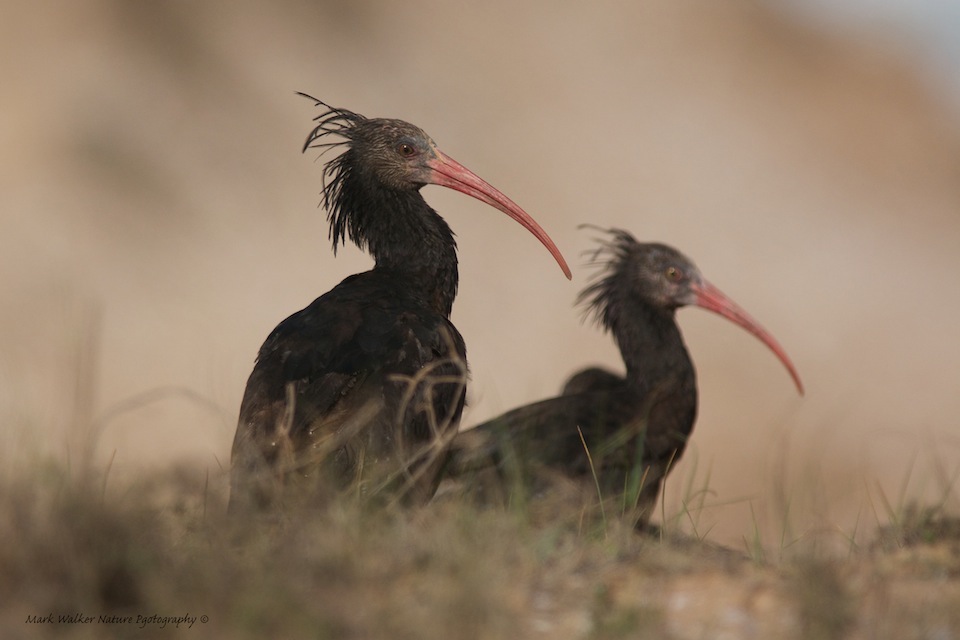Northern Bald Ibis has record breeding season
The Critically Endangered Northern Bald Ibis has had its best-ever breeding season in Morocco this year.
The large, glossy black ibis species once had an extensive range that spread across North Africa, the Middle East and southern Europe and was once idolised by humans as a symbol of fertility and virtue. Yet human pressures caused the ibis to struggle with its breeding, and its dramatic range-reduction has rendered it Critically Endangered today, reaching an all-time low at the end of the 20th century with only 50 breeding pairs remaining. Today, 99 per cent of the wild population is found in Morocco.
With that in mind, it is a cause for optimism that colonies in Morocco have had record reproductive success this year, the former symbol of fertility managing to live up to its tradition. For the third year in a row, the colonies at Souss-Massa National Park and nearby Tamri, both Important Bird and Biodiversity Areas in south-west Morocco, formed a record number of breeding pairs, reaching 116 pairs in 2015.

Northern Bald Ibis, Morocco (Photo: Mark Walker)
"Despite challenges of funding wardens to protect the colonies, we managed to maintain the momentum of this project through 2015," said Jorge Fernández Orueta of the SEO (BirdLife Partner in Spain), who works on a project to save the Northern Bald Ibis via BirdLife's Preventing Extinctions Programme.
"Breeding success is also especially high, reaching 1.7 fledglings per pair," said Professor Mohamed Dakki, President of GREPOM (BirdLife in Morocco). "Post-breeding counts are also exceptionally big, with almost 600 birds — all the best recorded since detailed monitoring began and the establishment of Souss-Massa National Park 25 years ago!"
Apart from the Moroccan colonies, there is just possibly still a tiny remnant population in Syria, along with a semi-wild population left at Birecik in Turkey, as well as experimental release work in Austria and Spain, where the is a semi-free living reintroduced flock.
"We are proud to now take on a leading role in the conservation of this globally-important species, and want to ensure the Moroccan people are just as proud," said Professor Dakki.
Through the project's range of communication, awareness-raising and livelihoods-support activities, local people are increasingly taking ownership of the conservation of this iconic species. If you drive the coastal road in this region of Morocco you are likely to see Northern Bald Ibises painted on wall murals or used in the logos of local cooperatives. As well as diligent monitoring, community wardens and staff of Souss-Massa National Park provide daily fresh water for the birds (which increases their breeding success) and patrol the area to prevent disturbance — including overseeing the increasing number of ecotourists who come to see the birds. There is an urgency for a stronger formal protection status of the colony at Tamri, and to secure wardens for next season.
Professor Dakki concluded: "We thank also the High Commission of Waters and Forests for giving high conservation priority to Sous-Massa National Park, which was especially created to protect this legendary bird. Together, we hope to find in the near future additional breeding sites for the ibises."
In another important development for the ibis's conservation, a revised International Single Species Action Plan has just been adopted under the Agreement on the Conservation of African-Eurasian Migratory Waterbirds (AEWA) of the Convention on Migratory Species, at AEWA's 6th Meeting of Parties.

